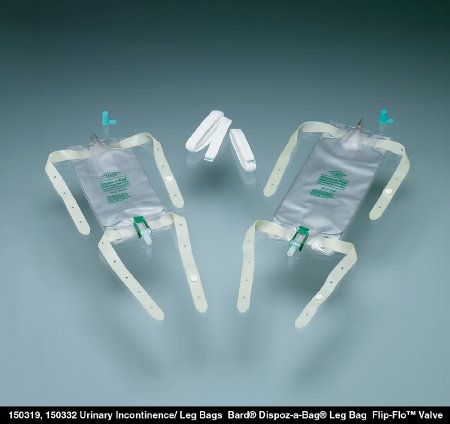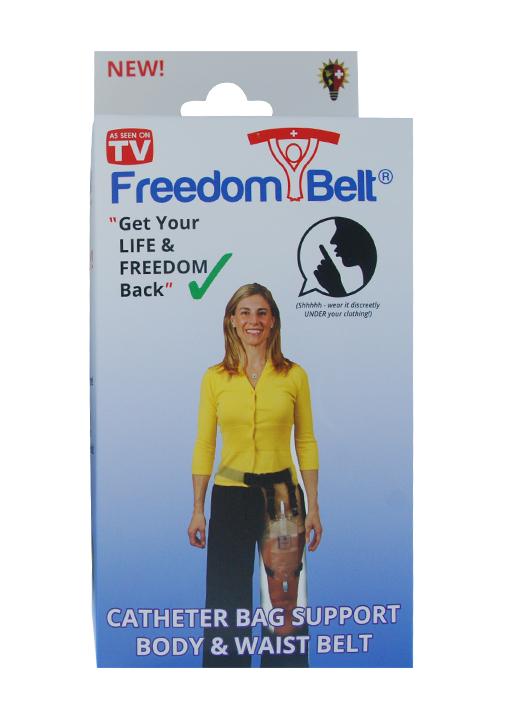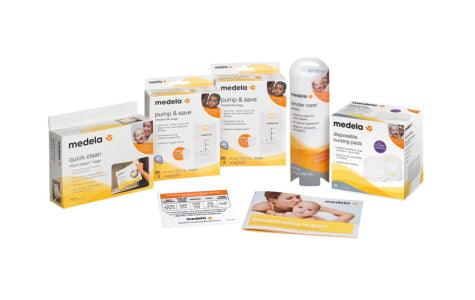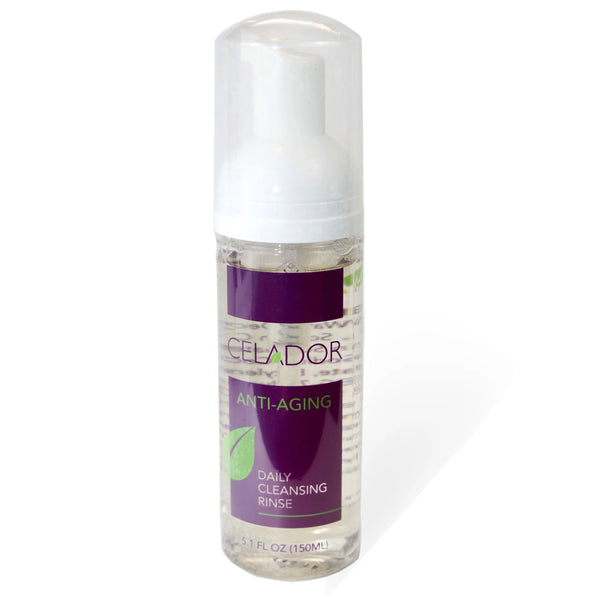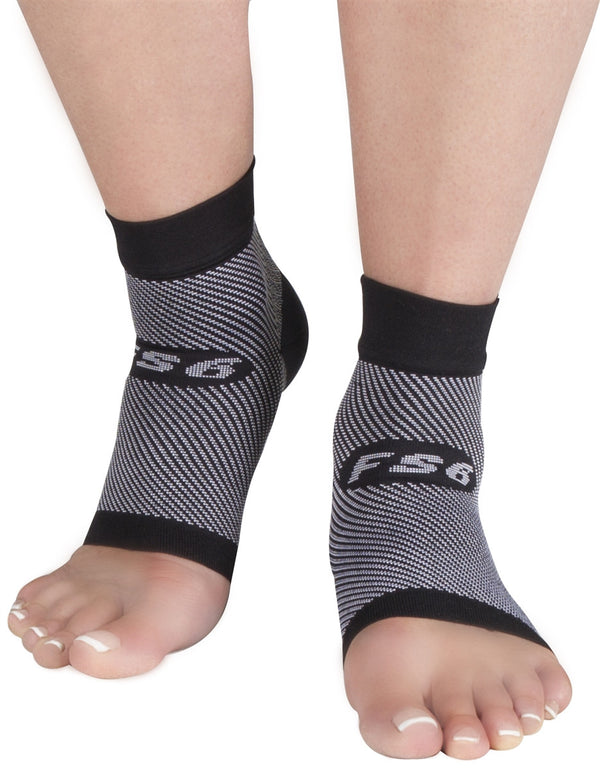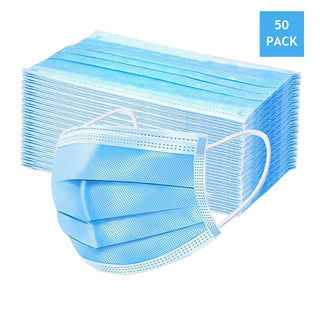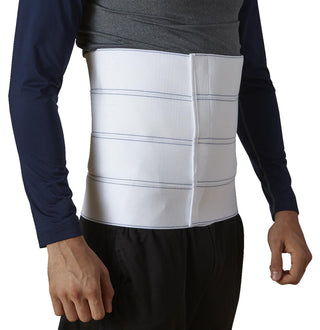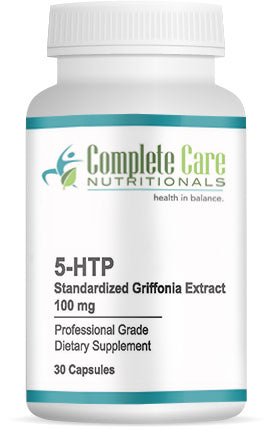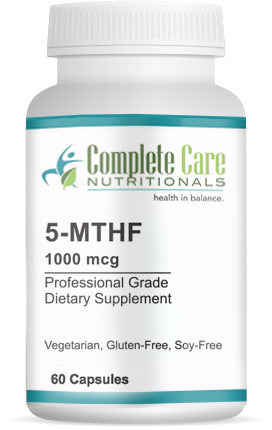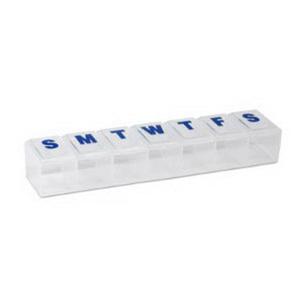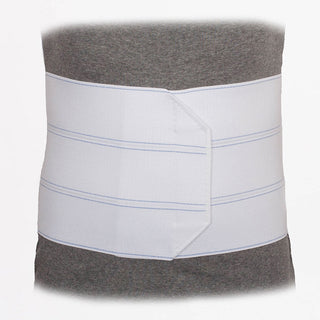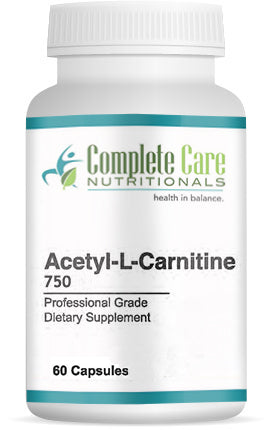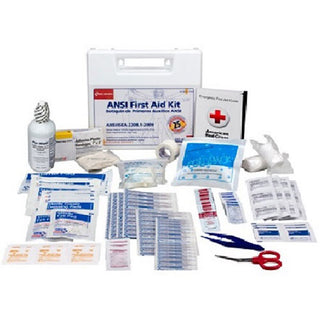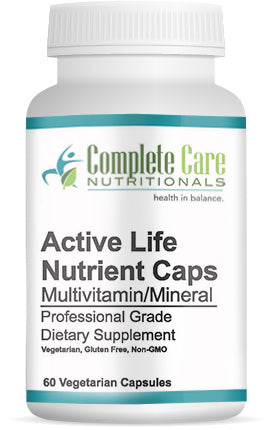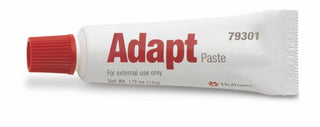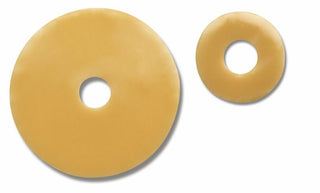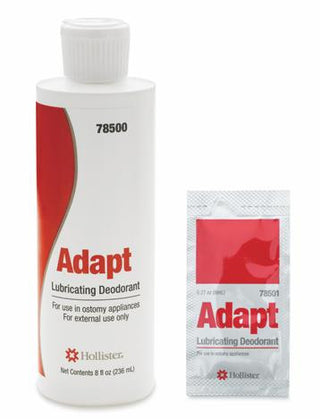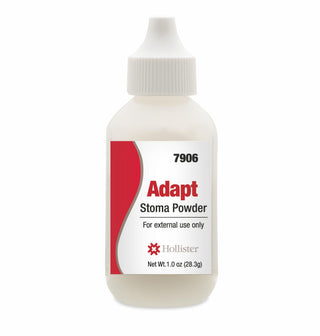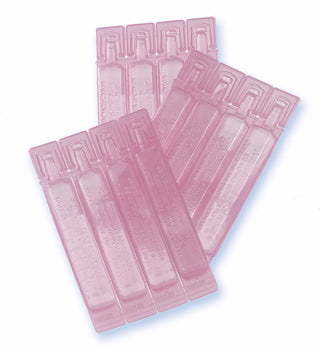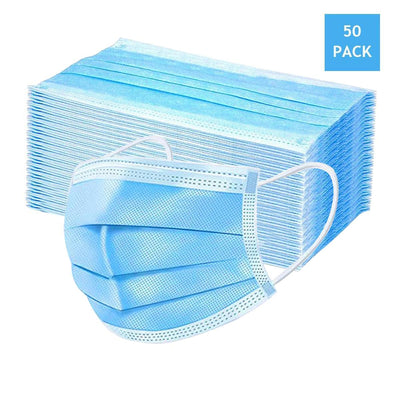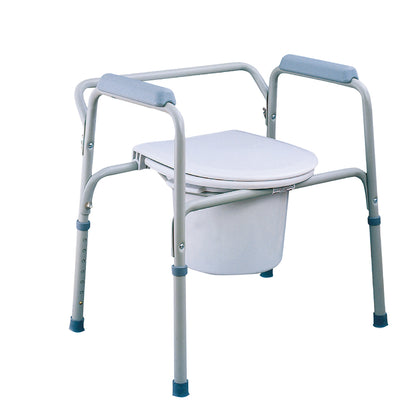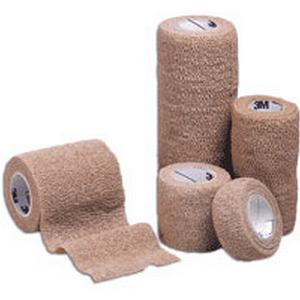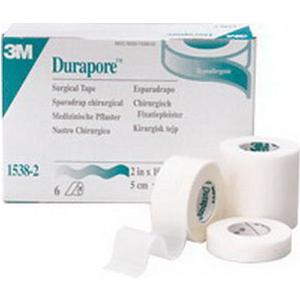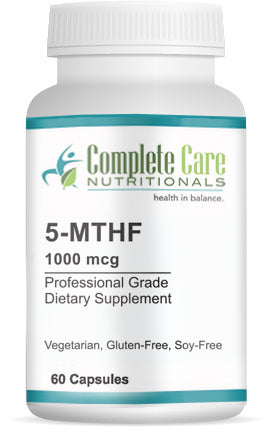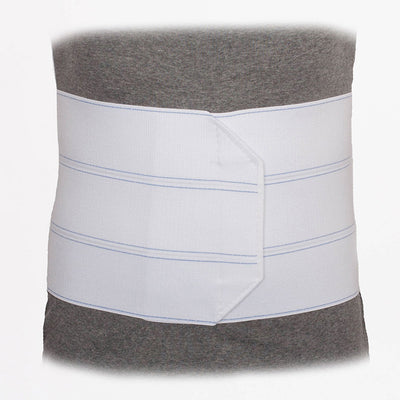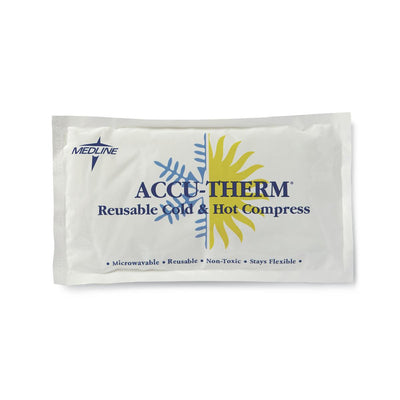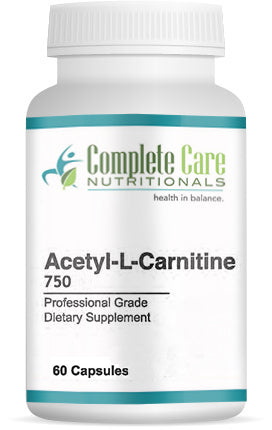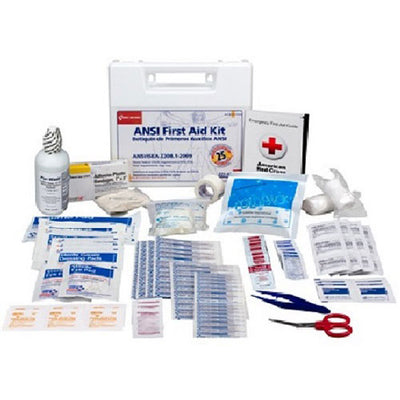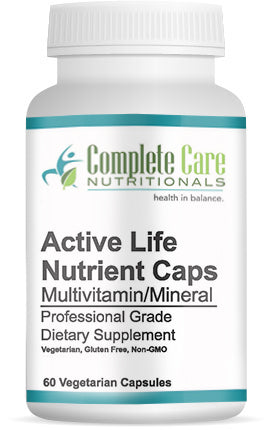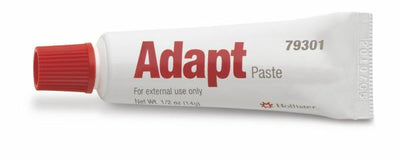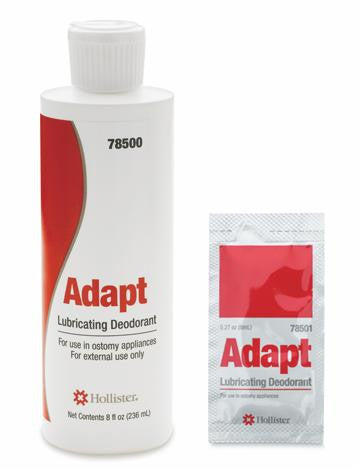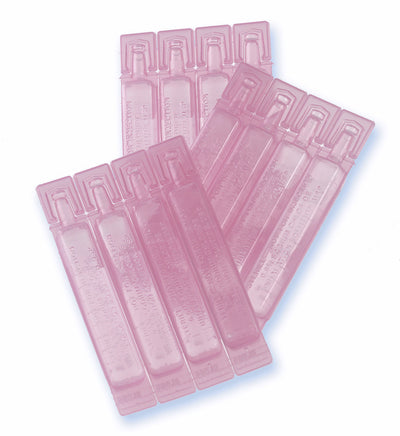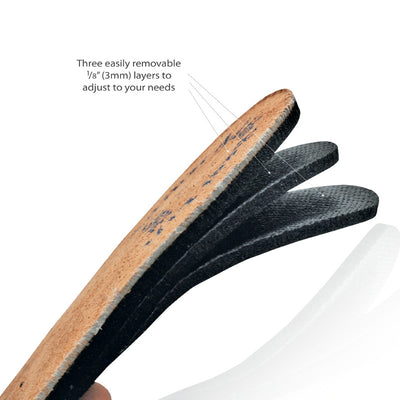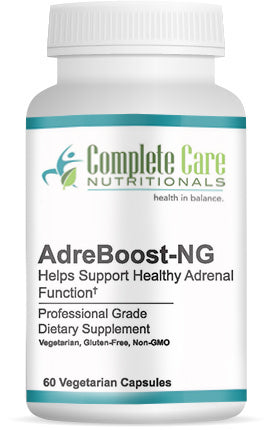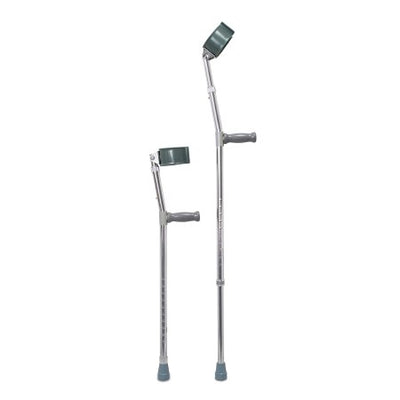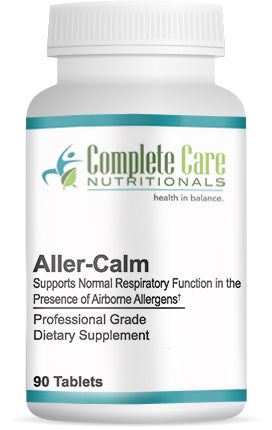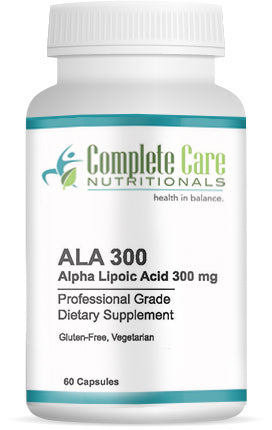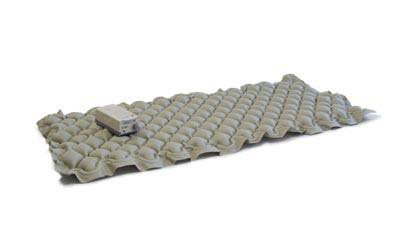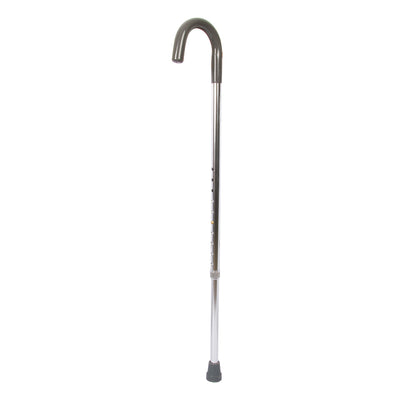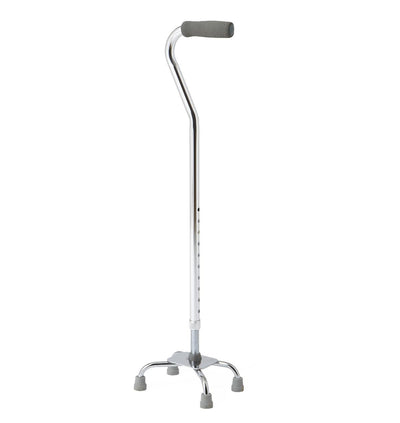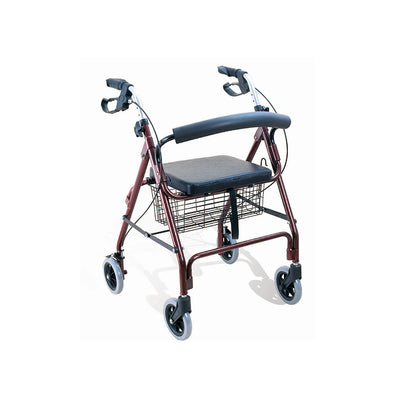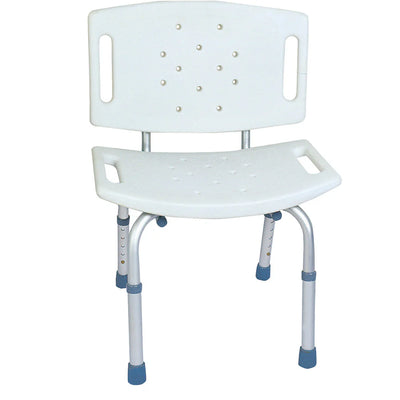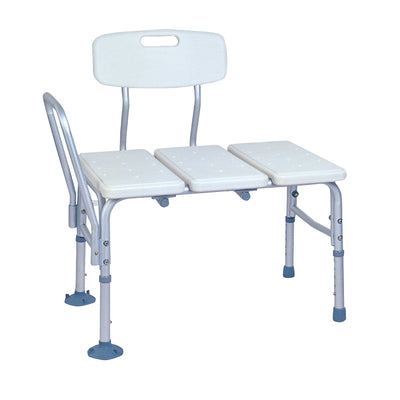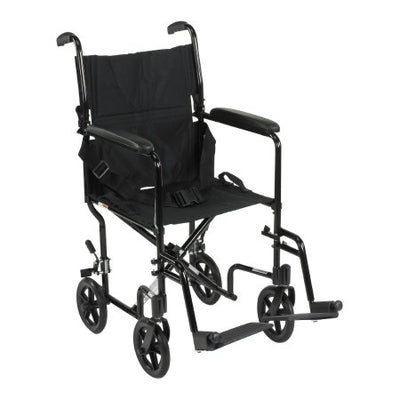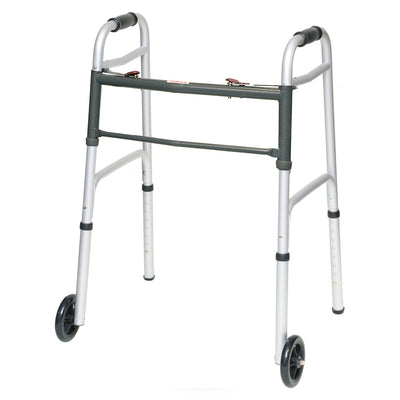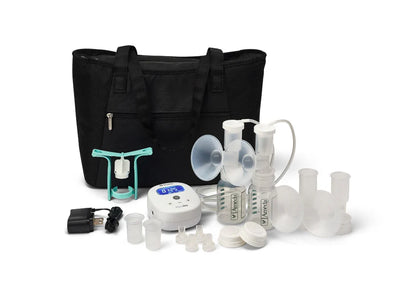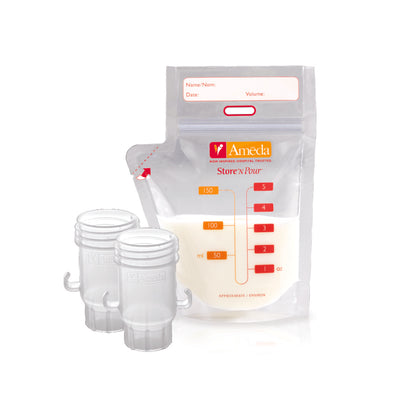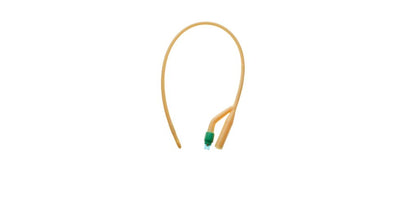Compression gear has been around for ages but it is a relatively new phenomenon in the athletic world. Until recently research has been lacking about compression, like with most things, once it gets popular people start to take notice. Today it is not uncommon to see professional athletes wearing compression gear. You might even be surprised by the amount of people wearing compression gear in day to day activities. This is because results speak for themselves. Nurses, travelers, athletes, professionals, and everyday people (regardless of age) are finding and loving the benefits of compression gear.
What Is Compression Gear?
Many people think compression gear is just tight-fitting clothing, but it is actually more complex than that. To be considered compression gear it must be made of engineered, elastic gradient compression fabric that molds around various body parts and aids in increasing blood and lymphatic flow. There are many different types of compression gear ranging from socks and leg sleeves to shorts and even full-bodied gear.
What Is Compression Gear Supposed To Do?
Compression gear is made to boost circulation while providing support and relieving pain. The gear is said to have positive impacts on performance and even more so on recovery. The gear is designed to fit tightly around the body part causing the muscles to stay in place and stimulate blood circulation as well as flushing excess fluid away. The results of this are a reduction in muscle movement and micro-tears reducing soreness and fatigue during a workout and faster muscle repair and recovery after one. The reduction of muscle movement and micro-tears and increased circulation will also promote less soreness and fatigue after being on your feet all day or after traveling. It can also reduce inflammation and lower the risk of deep vein thrombosis (DVT). One study published in the US National Library of Medicine Nationals Institutes of Health found that the use of compression gear after a workout can be an effective way to reduce delayed onset muscle soreness (DOMS) and accelerate the recovery of muscle function.
Why Would I Wear Compression Gear?
You might want to consider compression gear if you are on your feet all day for work, wear heels, exercise regularly, are immobile or bed ridden, are traveling, an athlete, or even just because. Runners, in particular, can greatly benefit from using compression gear. An added perk of compression gear is protection from the sun, elements, critters and allergens. *Note: you should still wear sunscreen and the gear only protects what it covers. Compression gear for your feet and legs should be considered for a variety of reasons. One being if you are at risk of developing deep vein thrombosis (DVT), which is a blood clot that forms in a deep vein, usually in the legs. One reason to use compression gear for your upper body is to treat painful lateral and medial epicondylitis, known as Tennis or Golfer’s elbow. Really if you have any pain in your joints or muscles you can benefit from compression gear.
Are There Different Compression Levels?
Yes, there are typically 5 different compression levels, it can differ, but these are the most widely used levels. The first level is 8-15 mmHg which offers mild compression. Medium compression is the next level and it goes from 15-20 mmHg. The next level offers firm compression and is 20-30 mmHg. Medium and Firm compression are the most commonly used levels, and first time users are typically recommended to use 15-20 mmHg. The fourth level of compression gear offers extreme firm compression is 30-40 mmHg, this level is typically for treatment of more severe conditions like chronic circulatory issues. Finally, the highest level of compression is anything over 40 mmHg but usually doesn’t exceed 50 mmHg. Most of the compression gear you will find is between 15-30 mmHg, but it can be good to know the different levels.
Compression gear is made to make your life more comfortable. Whether you’re a nurse, a runner, or anyone else you can benefit from using compression gear. It has become very popular in recent years, especially in the sports industry and it is only growing in popularity.
Check out our collection, here. Get 10% off the compression collection this month only with code Compression10. Make sure to check back later this month to learn about compression gear for different parts of the body and how each of them can help.








